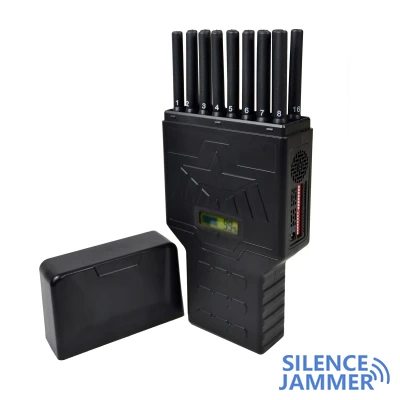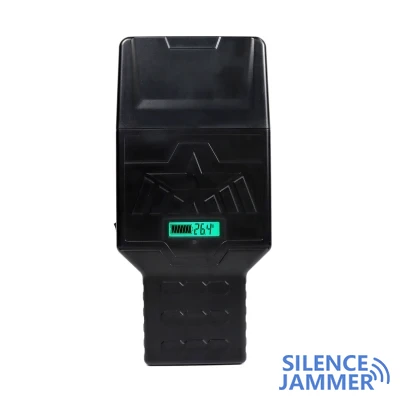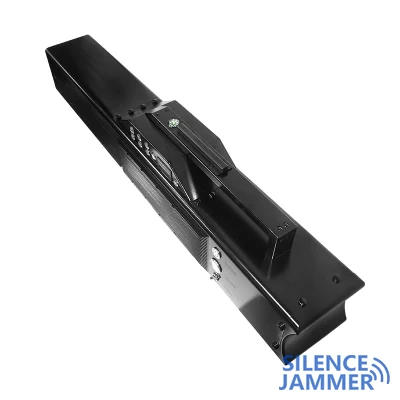In response to the growing threat of drones, the South Korean government is fully committed to the production of the Korean signal jammer (K-Jammer), an electronic warfare device designed to effectively prevent North Korean drones from invading South Korean airspace. LIG Nex1, a leading domestic defense company, announced on August 22 that it has begun preparations for the development of the "Small UAV Response System" and plans to advance research on related technologies on this basis.
Potential of Small UAV Response System

The development goal of the "Small UAV Response System" is to change the flight trajectory of small drones by transmitting interference waves to a long distance, or even force them to crash. The successful implementation of this system will significantly enhance the electronic warfare attack capability of South Korea K-Jammer and improve the country's comprehensive combat level in the field of drone protection.
LIG Nex1's Strengths
- Rich Experience: As a leading defense company in South Korea, LIG Nex1 has accumulated more than 40 years of rich experience in electronic systems operated by the Army, Navy and Air Force, and has successfully developed a variety of military electronic warfare systems on the ground, in the air and on ships.
- Technological Innovation: The company is committed to applying core technologies such as "L-band transmission equipment" to actual projects, which can effectively jam satellite navigation signals and enhance the protection capabilities of drones.
- Comprehensive System Development Capabilities: LIG Nex1 has verified the effectiveness of its anti-drone system through actual tests and laid the foundation for providing integrated systems to national agencies to suppress illegal drone activities and ensure national security.
- Investment in Manpower and Cost: The company makes pioneering investment in manpower and cost in technology development to ensure the effectiveness of technology in actual applications, not just in laboratory environments.
Application of LIG Nex1's Advanced Technologies
- In order to achieve the goal of "Small Drone Response System", LIG Nex1 uses "L-band transmission equipment" to jam satellite navigation signals, which is one of the core technology applications in the National Research Institute of Korea since 2015. The technology aims to improve the protection capabilities of drones by disrupting their satellite navigation signals through radio interference and fluctuations. In addition, by combining wireless air traffic control communication network signal jammer devices, data link communication signal jammers, and autonomous electronic attack equipment based on artificial intelligence, LIG Nex1 is able to produce high-performance K-Jammers that meet the needs of the Korean military.
- Through the demonstration project "Establishing an Anti-UAV Protection System", LIG Nex1 conducted more than 500 actual tests between 2020 and 2021, successfully verifying its ability to interfere with drone flights in outdoor environments. These tests laid the foundation for the future provision of integrated systems to national agencies, with the main goal of suppressing illegal drone activities and protecting national security.
LIG Nex1's Future-oriented Innovation
With its pioneering investment in manpower and costs, LIG Nex1 ensures that the signal jammer technology is applied in practice, not just in a laboratory environment. Through the development of the "Small Drone Response System", the company is optimizing the "Drone Response System (Block-I)" to meet future military needs. This system will not only enhance electronic warfare capabilities, but also support South Korea's defense R&D capabilities.
As technology continues to develop, LIG Nex1 is expected to bring advancements and sophistication to South Korea's military power and electronic warfare. At the same time, the project will also enhance the competitiveness of South Korea's defense industry and further expand future export potential.




